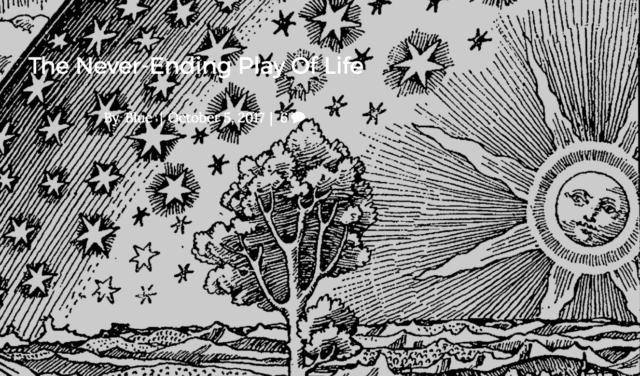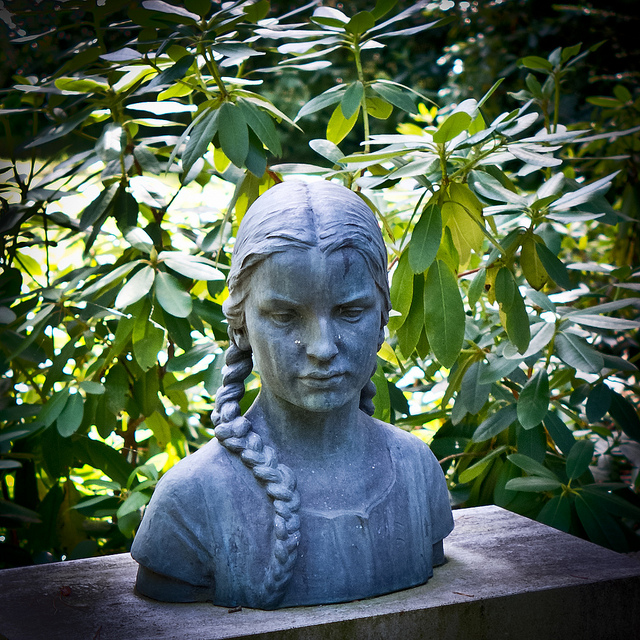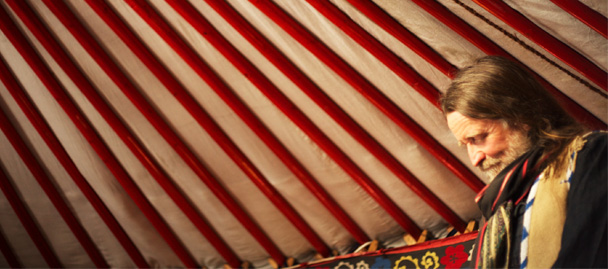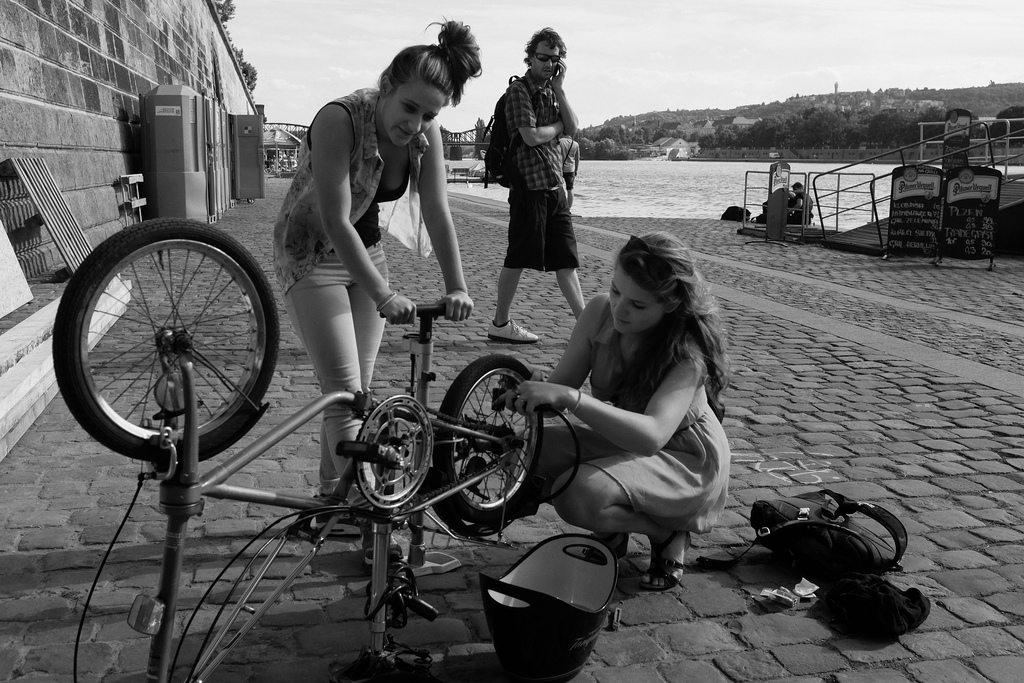In 2007 my father was slowly and painfully dying from the side effects of Parkinson’s disease. I am sharing here an astonishing newspaper article—written by columnist and registered nurse Richard Davis—on my dad’s and family’s experience. The article was widely distributed around the world and I still occasionally receive requests for a copy, so I am reposting it here.
April 27, 2008
THE DEATH OF JOSHUA SEGAR
By
Richard Davis, © 2008
Brattleboro Reformer: May 23
BRATTLEBORO- Newspaper obituaries provide a few glimpses into the lives of people. They serve to provide friends and relatives with news of a death and the details of plans for funerals and memorial services. Rarely, if ever, do obituaries describe the way a person died. Perhaps it is too morbid for most people to contemplate, but how we die is just as important as how we live.
“Joshua Mark Segar, 84, died peacefully at his home on Tuesday, December 11, 2007. Mr. Segar (a.k.a. Josh, Joshie, Jeff, Joe or Mark) was born in London, England on Dec. 21, 1922. At the age of 13, in order to help support his family, he was forced to leave school and was apprenticed as a barber.
During World War II he served in the Rifle Brigade for five years without a break, fighting in North Africa, Italy and Germany. On his return to London, he was able to open his first barber shop. On weekends he played drums in a dance band and as a session musician for Stephane Grappelli, among others.
In 1948 he married Lilly Solley, the love of his life. Segar became a successful small business man, eventually owning a chain of hairdressing salons and a flourishing electric shaver supply and repair business.
He was the president of the British National Hairdressing Federation and the Hairdressing Council for many years. He loved opera, traveled extensively and was a lifelong learner of art and art history. He was kind, thoughtful, humorous, hard working, loving and generous, a devoted husband and loving father, grandfather and great-grandfather.
In 2004 he moved from England to Brattleboro in order to be closer to his children. During three years of declining health, he showed great fortitude along with his ever-present wit.”
Reading Segar’s obituary, we can get a sense of what kind of life he led. But in order to understand this complex man it is just as important to understand how he died. That part of his life began with the onset of symptoms of Parkinson’s Disease.
Parkinson’s Disease is a progressive degenerative neurological condition that results in a wide variety of symptoms that can vary in severity among individuals. It is not considered a life-threatening disease in the strictest sense. Segar coped with the disease for a few years, but in 2007 the symptoms became severe and the quality of his life was deteriorating.
His wife of 55 years had been dead for two years and he told his family that he always thought he would die before his wife. Segar enjoyed a loving relationship with his family in the U.S. His 56-year-old son Adrian and his family in the Brattleboro area and his 47-year-old daughter Alison and her family in Burlington stayed close to their father.
His greatest pleasure came from his family and perhaps that is why Thanksgiving marked a turning point for him. According to Adrian, “We spent this Thanksgiving at our home—my wife, my dad, my older daughter, and her family. Thanksgiving is our favorite family holiday, but this Thanksgiving was different. Now Dad could barely swallow, he was in serious pain much of the time and was worried about his incontinence. His fear of choking was too much for him to enjoy eating his food, cut up as it was into tiny, almost indistinguishable bits, and his other Parkinson’s symptoms overwhelmed his ability to delight in his two adorable great-granddaughters. After five hours, miserable, he asked me to drive him back to his apartment.”
“The next morning he called me. In a trembling voice, he told me that ‘he didn’t want to continue like this’, and that he wanted to stop eating and drinking.”
This was not a quick decision on the part of Joshua Segar. He was losing the pleasure of being alive and he wanted to be able to have control over the manner and time of his death. He did some research and found a method to end his suffering that he believed would cause the least amount of pain for his family while allowing him to end his suffering in a perfectly legal way.
It’s called terminal dehydration or “patient refusal of nutrition and hydration” (PRNH) and is believed to be a commonly used method for a person to end their life. Statistics are nearly impossible to find, but there is a great deal of anecdotal evidence from healthcare professionals that terminal dehydration is relatively common.
This writer, a registered nurse, has cared for a number of people over the past 30 years who have chosen this way to end their lives. The public perception of withdrawing food and water is one of great suffering. The reality is quite different. Most people who stop eating and drinking in an effort to end their lives die peacefully and are given the time to say goodbye to friends and family.
According to Ira Byock, M.D., one of the most respected experts in hospice and palliative care, writing in a 1995 article in the “American Journal of Hospice and Palliative Care”, “The general impression among hospice clinicians that starvation and dehydration do not contribute to suffering among the dying and might actually contribute to a comfortable passage from life. In contrast, the general impression among the public and non-hospice medical professionals is that starvation and dehydration are terrible ways to die.”
Byock goes on to explain, “A more extensive review of the scientific literature relevant to starvation and dehydration appears in an article by Sullivan entitled, ‘Accepting Death without Artificial Nutrition or Hydration’. Published studies of healthy volunteers report that total fasting causes hunger for less than 24 hours. Ketonemia (the burning of the body’s fat stores) occurs and is associated with the relief of hunger and an accompanying mild euphoria. When ketonemia is prevented by small feedings hunger persists, explaining the obsession with food commonly observed during semi-starvation occurring in times of famine or war. Animal studies also suggest that ketonemia may have a mild systemic analgesic effect. Experimentally induced dehydration in normal volunteers may report thirst, yet this sensation is consistently relieved by ad-lib sips of fluid in cumulative volumes insufficient to restore physiologic fluid balance. One study of healthy subjects suggests there is a decrease in the severity of experienced thirst associated with older age.”
Another critically important aspect of terminal dehydration is that it does not require professional help and it does not trigger any legal issues. As Byock explains, “Unlike physician-assisted suicide, refusing to eat or drink is a purely personal act. While it may require information, the decision obviates the need for physicians, nurses, or other agents of society to participate. After adequate discussion, and in the context of continued caring, at some point the patient’s choice becomes ‘none of our business’.”
Adrian collected his thoughts after hearing his father’s desire to end his life and wrote, “When dad told me of his desire to die by stopping eating and drinking I was shocked, but I knew I had to take him seriously and I knew right away that he must have been thinking about this for a long time. Although his Parkinson’s had caused several short-term memory issues, his ‘big picture’ thinking had always been and was still in superb shape. I told him that I took his desire very seriously, but we needed time to understand the implications, and we wanted to support him to the best of our ability, and we needed to learn what that support might entail. I asked him to wait while we did this research, and he agreed. He asked me to work as quickly as possible.”
“For the next two weeks, my wife and I worked hard. We discovered that Dad’s desire is called Voluntary Terminal Dehydration (VTD), that it is legal throughout the U.S., and, provided that the requestor is competent to freely make the decision and is not clinically depressed, VTD is medically ethical and should be supported with appropriate palliative care. We also learned that VTD, when supported with palliative care, seems to involve minimal discomfort.”
“After discussion, including a session with Dad alone, Dad’s GP, neurologist, and cardiologist all supported his decision, and his GP authorized hospice care through the Visiting Nurse Association and Hospice of Vermont and New Hampshire.”
Adrian’s sister Alison reacted differently to her father’s decision. She is a social worker and said that her father’s decision was ethically problematic for her as a daughter and a social worker.
Alison also believed that there was a high probability that her father may have been depressed and she felt he should have been treated for depression before carrying out his plan. She wrote a letter to her father asking him to try anti-depressants and to see Parkinson’s Disease experts before going through with his plans for death.
She may have never fully come to terms with the plan for terminal dehydration but she respected her father’s courage saying, “I think my dad was incredibly brave to do what he did, whether he was depressed or not.”
In response to her letter to her father, he wrote back,
“Dear Alison,
Thank you for your nice letter.
I do not want to take anti depressants.
I want to carry on with my plan to end my life soon.
I love you deeply with all my heart.
Love, Dad”
Joshua Segar’s last meal was his favorite, calves liver. His own personal last supper was the last time he ate or drank and he died one week later. His family was comforted by the care they all received from the local hospice, visiting nurses, and private caregivers.
Alison noted that when her father made his final decision, “… he became animated as if he was going on a trip. He called friends and relatives of his decision.” Joshua received necessary comfort care with low doses of morphine and ice chips to soothe his dry lips and mouth.
Byock has had many years of experience with death and dying and his perspective is particularly relevant in the Segar family’s situation. “Clinically, for a number of people at the very end of life, the decision to refuse food and fluid may not arise from depression or emotional denial as much as from a felt sense of ‘being done’. Most such persons I have encountered one way or another expressed a sense that eating or drinking were no longer relevant to their situation. They were far along in a process of withdrawal, having turned their attention inward or ‘beyond’. Even here the option of PRNH has important advantages over complying with a patient’s request to be killed, for it allows the clinician’s attention to remain focused on the relief of suffering — physical, psychosocial, and spiritual. It requires — or frees — the clinician to remain vigilant for treatable depression and to remain, in humility, open to the possibility of unexpected opportunities for the person to again discover value in the life that is waning.”
The Segar family said they never noticed that their father experienced discomfort as he died. He became weaker and after three days he drifted into his final sleep. Alison was with him when he died and she said, “It was peaceful and it was beautiful.”


 How to live your life?
How to live your life?  One of the hardest things for me to do is to shut up and listen.
One of the hardest things for me to do is to shut up and listen.




